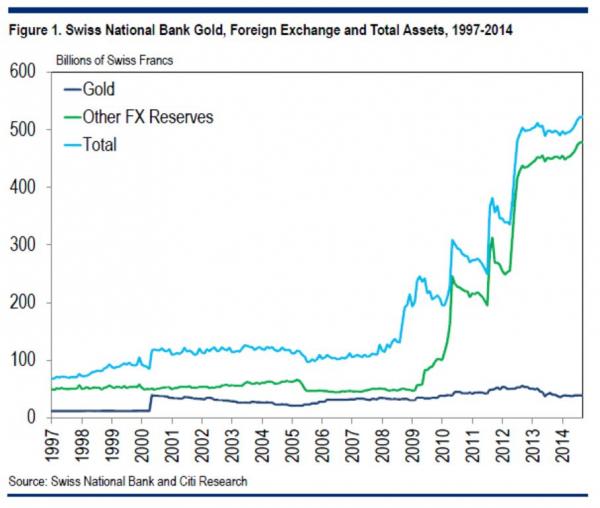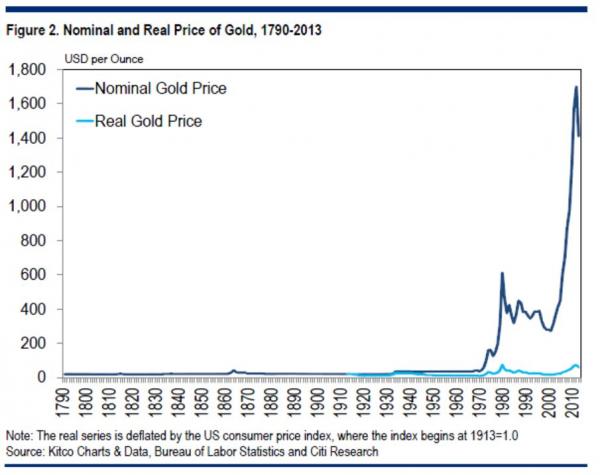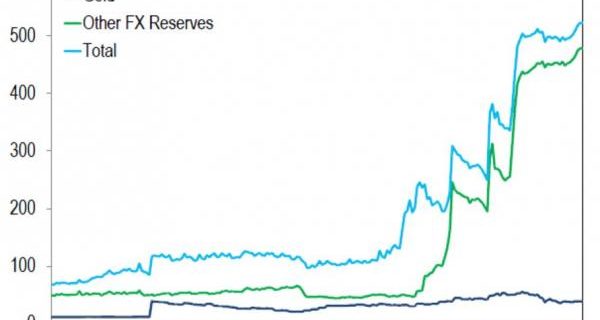Citigroup may have been unable to prevent the Netherlands from repatriating some 122 tons of “a fiat commodity currency with insignificant intrinsic value“, or in the words of Ben Bernanke, “tradition”, but it sure won't stop that erudite expert on the timing of Greece's exit from the Eurozone, Willem Buiter, from doing all in his power to throw up all over the “fiat currency” known as gold. So with Buiter no longer predicting with certainly just which month in, 2012 Grexit will take place, here are his bullet points that make readers scratch their heads in wonder:
Scratching… because some may ask if gold is indeed such a worthless insignificant “fiat currency” (don't ask), then why just two months ago, did Citibank rush to be “reclassified as a spot Market Making Member of the London Bullion Market Association with effect from today, 25th September, 2014… In order to qualify as a LBMA Market Maker, a company must offer two-way quotations in both gold and silver to the other Market Makers throughout the London business day.” Could it be that gold actually has some value to Citi, if nothing else than pocketing commissions from traders, now that the bank's rigging of everything from Libor, to FX to, drumroll, gold, is no longer possible?
Here are some of the more amusing punchlines from Citi in its blitz-propaganda campaign aimed at the undecideds in the Swiss gold referendum:
On November 30th, 2014, the Swiss will vote in a referendum on a popular initiative ‘Save our Swiss gold' (henceforth the Gold Initiative). If the Gold Initiative passes three consequences follow: (1) the Swiss National Bank (the SNB) must hold 20% of its assets as gold, (2) the SNB has to repatriate the 30% of its official gold stock that is now held abroad by the Bank of England and Bank of Canada and has to physically hold all its gold in Switzerland, and (3) the SNB may never sell any gold again.
Figure 1 shows the total assets of the SNB, its gold reserves and its other foreign exchange reserves, the sum of foreign currency investments, the reserve position with the IMF and international payment instruments. There is a break in the series for the value of the gold holdings and for total assets: as of 2000, gold holdings have been priced at market value. Until 1999, they were valued at the official parity price of CHF 4,596 per kilogram.

As can be seen from Figure 1, the balance sheet of the SNB has exploded in size since it began to lean against the appreciation of the Swiss Franc by active foreign exchange interventions early in 2009. Its balance sheet at the end of September 2014 stood at 522 bn Swiss Francs, about 83% of annual GDP. On that same date, the value of its gold reserves was about 39 bn Swiss Francs, about 7.5% of the value of its total assets. That represented 1,040 metric tonnes of gold, almost 129 grams (4.5 oz.) per capita. In 2000, the SNB held 2,500 tonnes of gold and it has also been the biggest national seller since.
If the gold initiative passes, the SNB would have to purchase at least 1,733 metric tonnes of gold to meet the 20% threshold by 2019 (based on end-of September 2014 SNB balance sheet size and gold price). The world's annual production of gold is around 2,500 metric tons.
The price of gold, like that of any asset price, is volatile. In nominal terms it has increased spectacularly over the more than 200-year period shown in Figure 2, and especially since the end of the gold peg of the US dollar in 1971. In real terms, the increase has been somewhat less spectacular, from $10.08 in 1971 (measured in 1913 dollars) to $59.89 in 2013. The real price of gold hit $73.60 in 1980 and $73.30 in 2012, underlining the volatility of the (real) gold price. Someone who invested in gold in 1971 and held onto it for 42 years, that is, till 2013, would have achieved an annual real rate of return of 4.3 percent – reasonable given the riskiness of the asset.

Item (2) on the Gold Initiative ballot makes little sense to us. Holding all one's physical assets in one nation means ignoring the benefits of geographic diversification of ‘custodial risk'. Item (3) is quite extraordinary because it would make the SNB's gold holdings worthless. Making it illegal to ever sell any of the gold the central bank has now or acquires in the future and enforcing this gold sale ban effectively would make the gold useless as an international reserve. The gold stock can never be used for foreign exchange market interventions and it cannot be used as collateral. The gold becomes useless as a store of value of any kind. The gold has no consumption value to the central bank. Its value is therefore zero.



